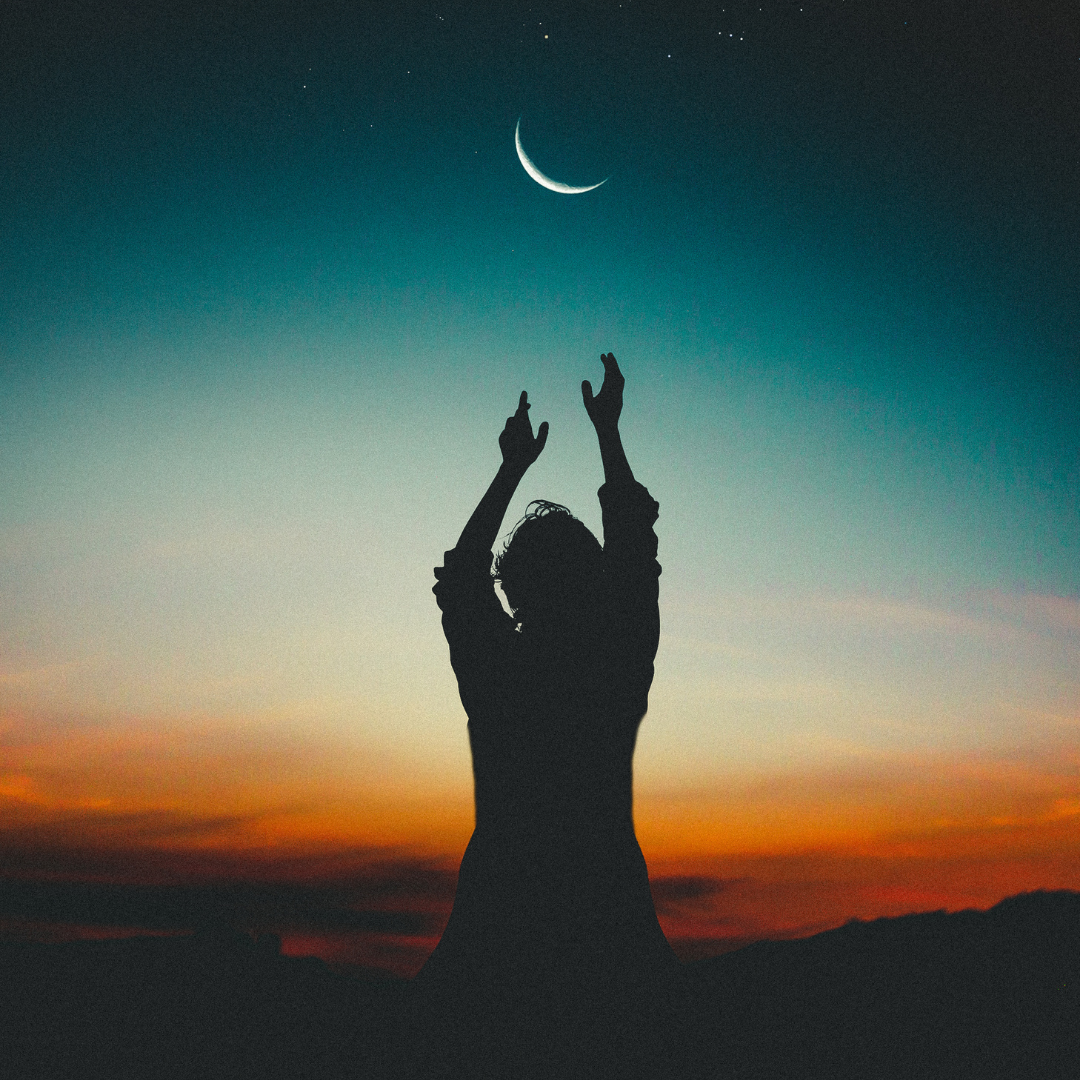The Magic of the New Moon this Thursday!
•Posted on February 12 2018

Back in the day, farmers used the moon to guide their farm chores. The belief was that the moon governed moisture on the earth and if we followed her cycles we could produce the best crops. The first century Roman Naturalist, Pliny the Elder said the moon “replenishes the earth; when she approaches it, she fills all bodies, while when she recedes, she empties them.”

Of the many cycles of the moon, the New Moon was an extra special time as many ancient farmers (and some current farmers) would wait until the New Moon came to plant their seeds. This was the time they believed the ground was most wet and fertile. The more wet and fertile the ground was, the easier it was for their seeds to have the nourishment needed to root and grow.

Astrologers today still utilize this same thought process, except it is applied in life. A new moon in Astrology is the time for planting seeds for the future (otherwise known as intentions). The moments and days following the New Moon are regarded as the optimum time period for sharing any desires, needs or changes you want to unfold in your life with the Universe. You must not only hold an image or vision of what you want to manifest in your life, you must also make it known, holding steadfast to the knowledge it will come. The energy of the New Moon will nourish this goal of yours.
The next New Moon is this Thursday, so you better start working on sorting out your desires and intentions! But what is special about this week’s New Moon is that it’s also a Solar Eclipse.
What is the difference between a Solar and Lunar Eclipse?
You know how people often say that the moon shines? Well, technically the moon doesn’t shine, it’s just light from the sun that is reflected on the moon. With that being said, when a lunar eclipse occurs (which can happen only at a full moon), the sun, for a couple of hours, can’t reflect light on the moon, because the earth is between them. Basically, they are set in a straight line, with the earth in the middle.

During a Solar Eclipse, the moon intercepts the path of the light that is shined by the Sun. The interesting part is that Solar Eclipses can only happen during a New Moon, but not every New Moon can result in a Solar Eclipse. Thursday’s eclipse is a Partial Solar Eclipse. That means that the Moon won’t cover the whole Sun and sunlight, but only a part of it. Sometimes it even looks like someone grabbed a bite out of the Sun. There are 3 stages of the Partial Solar Eclipse:
- Eclipse begins – the Moon starts covering the Sun
- Maximum Eclipse – at this point the Moon covers the largest part of the Sun than any previous point during the event.
- Eclipse ends – The Moon stops covering the Sun
Comments
0 Comments
Leave a Comment